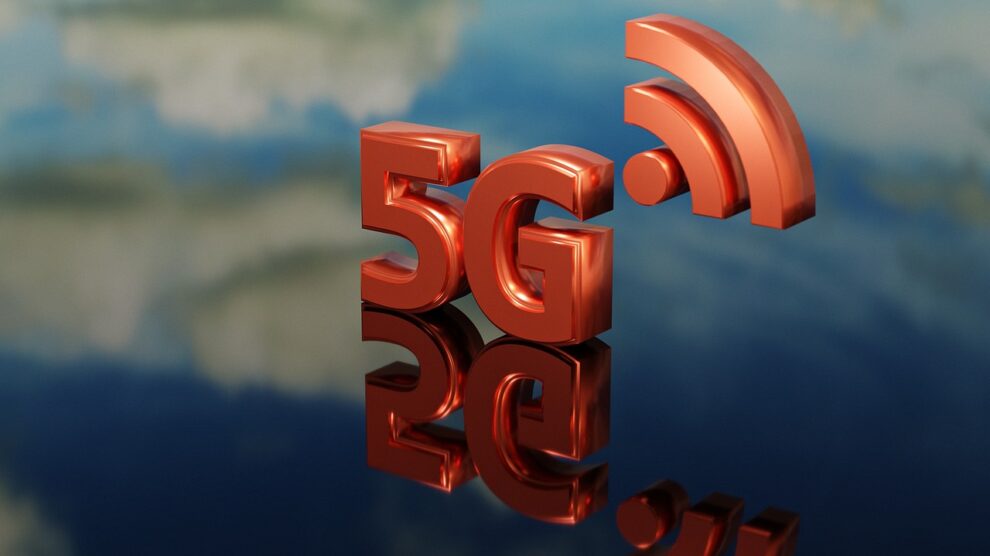5G – this term has become increasingly common in recent months, and the technology is lauded as the newcomer that will inevitably make LTE and 4G networks obsolete. The expectation is that 5G will all but replace the currently available networks.
It is indeed the latest generation of cellular mobile communications. It seems to be just what the world needs, given that today’s mobile phones are no less than mobile computers, and that online communications are quickly overtaking traditional mobile-based services such as texting and talking. 5G is all about high data transfer rate. It provides significantly reduced latency and higher system capacity for a greater number of connected devices. Additionally, it will allow hardware manufacturers to provide better battery life by requiring less energy to stay connected to the network. The system promises speeds of up to 20 gigabits per second, which will be achievable on frequencies of 15 gigahertz and higher.
5G cells will, of course, be more technologically advanced than the current 4G ones, requiring further expansion of the already vast networks, but this isn’t anything new, and if the history of mobile communications has taught us anything, it is that cellular networks seem to spring up at a rapid rate. It starts in the cities, then spreads over the countryside, offering an ever-increasing range of services. It is safe to say that, once 5G networks begin commercial deployment (somewhere around March 2019), rapid expansion will soon follow. Most importantly, 5G is almost certainly set to be a success, as it seems that it will deliver on capacity and speed – the holy grails of current mobile communications.
New opportunities, new challenges
Unfortunately, not everything is going well for the telecommunication companies when it comes to adopting the new standard. Neither 4G nor 3G will disappear immediately, the latter remaining the backbone of standard communication for most providers. This means running several distinct networks, protocols and standards at once.
Multi-vendor, multi-technology networks require clever maintenance, ingenious integration and management. It’s safe to say that efficient monitoring of all the systems available to a single mobile company will be crucial in each operator’s efforts to provide a comprehensive service to their customers. Fortunately, there are solutions to this dilemma. One technology giant, the Polish company Comarch, provides a suite of telecom network products that help in reducing the costs and increase reliability when integrating and running complicated telecommunication networks and services.
These products include ingenious inventory monitoring solutions, which show various types of equipment and connections as layered information without causing unnecessary data overflow, as well as network operations that are improved with AI solutions that can predict and communicate failure points much more efficiently than any analogue systems while ensuring the appropriate allocation of resources. Additionally, each part of this system can be upgraded and expanded in the future to implement any foreseeable or totally unknown unexpected innovations.
All of this means that there are companies out there prepared for what the future brings. These innovators can provide solutions, such as network inventory management, that will not just ease the transition but will actively help reduce costs – a welcome initiative, especially with expenses associated with 5G on the horizon.
No matter what challenges are coming, with capable technological partners, the future can be bright.





